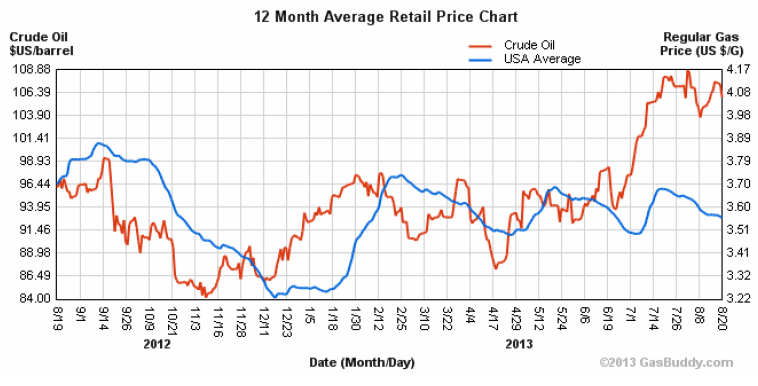ETFs’ growth sparks ‘flash crash’ fears
Post on: 1 Май, 2015 No Comment

JohnSpence
BOSTON (MarketWatch) — With total assets in exchange-traded funds approaching $1 trillion, the rapid growth of these products is coming under fire from critics who contend that ETF proliferation has created new risks for investors.
In the aftermath of May’s U.S. market “flash crash” and subsequent tremors in some mainstream ETFs, critics are especially concerned that the ability to bet against markets by short-selling ETFs could intensify a market meltdown or even cause individual ETFs to collapse.
“The ease of short selling ETFs makes them ideal potential triggers for market-wide free falls of the kind experienced on May 6 during the flash crash,” according to a recent report from the Ewing Marion Kauffman Foundation.
Mistakes investors are making Now
Financial advisers say their clients are living in the past, fearful of another market collapse: Theyre reluctant to invest in stocks, and theyre too heavily focused on bonds. Those are serious mistakes, advisers say. Stacey Delo reports.
“The other, less well-recognized danger is that ETFs could be caught in a ‘short squeeze’ should investors for any reason decide they want to cover their short positions,” the report added.
ETFs seem like relatively straightforward investment products: index mutual funds that trade on an exchange like individual stocks. Yet their day-to-day operations are markedly different from mutual funds.
Typically, when a traditional index mutual fund sees net inflows, it puts shareholders’ cash to work in stocks, bonds or other investments. When the fund needs to raise cash to meet redemptions, the portfolio manager sells securities.
ETFs’ inner workings are more complex because they trade in real time, while mutual funds price once a day at the market close. ETFs rely on specialist firms known as authorized participants to keep the price of a share in line with fair value. These ETF market makers profit by arbitraging away any price discrepancies. Read Barron’s for more on how ETFs can help, hurt investors.
But this process broke down during the May 6 flash crash as some ETFs saw their prices quickly plunge to pennies a share amid the confusion. When the damage was tallied, about 70% of the cancelled trades during the flash crash involved ETFs. Read more about how to survive the next flash crash.
ETF sponsors claim they were victims of the chaos rather than the source.
“ETFs were impacted and not the cause,” said Leland Clemons, director of the iShares capital markets group at BlackRock Inc. the largest ETF provider, in an interview.
Clemons said the asset manager supported ETFs’ inclusion in the circuit-breaker program designed to prevent sudden, big price swings in the future. Read more about advisers’ calls to limit high-frequency trading.
Sharper lens
It’s not surprising ETFs are being put under a sharper lens. ETFs accounted for 28.2% of equity trading volume so far in 2010 on a dollar basis, according to BlackRock.
Securities firm Jefferies says ETFs represented 6.4% of total U.S. mutual-fund assets at the end of 2009, but market share is expected to rise as more asset managers enter the ETF business.














